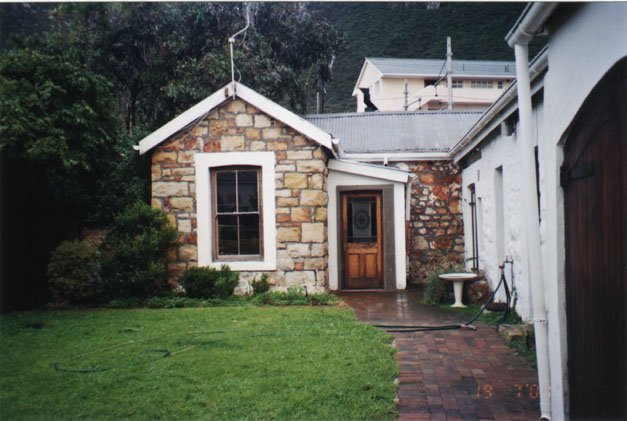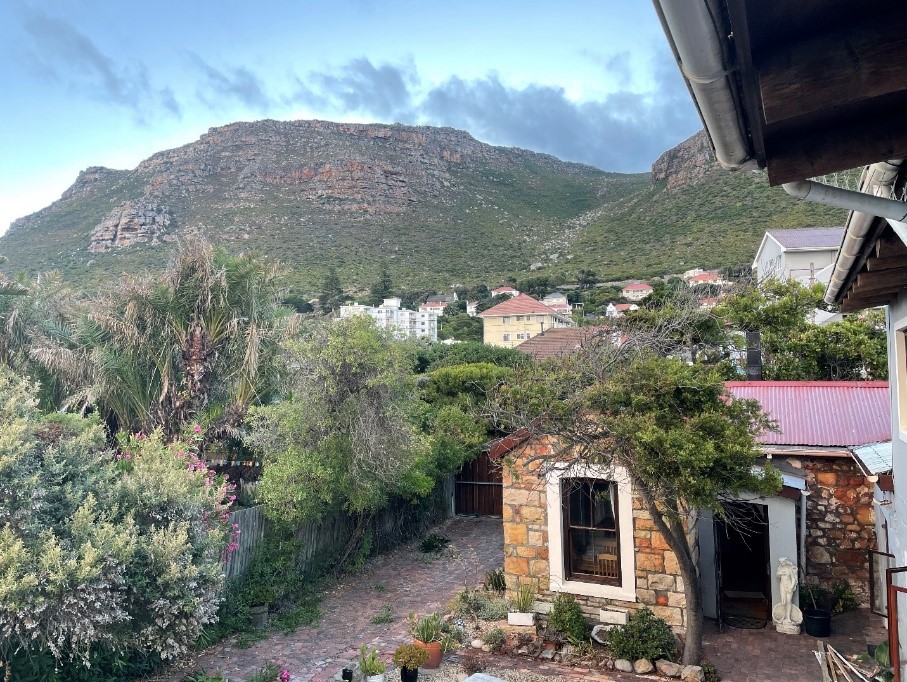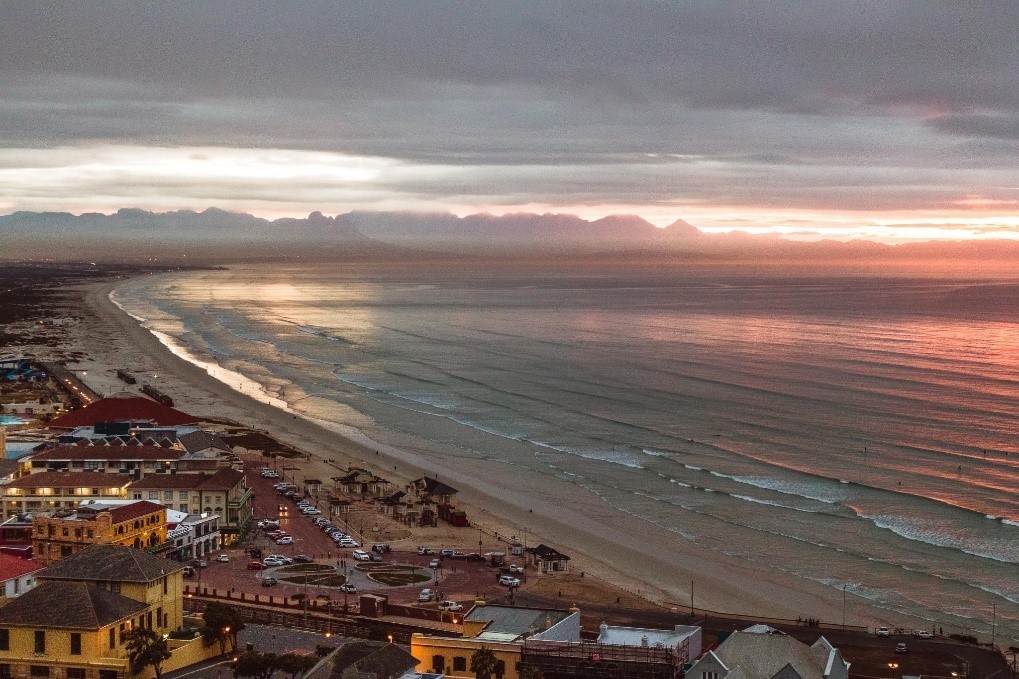I own a seaside house in Africa…and it’s one of the best investments I’ve ever made.
I was born in the States, but completed my university education in South Africa.
In the early 1990s, I was fresh out of graduate school at the University of Cape Town. I’d just spent a year in Washington, D.C. working at the World Bank. But the siren call of that beautiful city by the sea was too strong, and by 1994 I was back in the Fairest Cape.
If you know a bit of South African history, you’ll know that was an eventful time. Over the previous five years, the outgoing government dismantled the apartheid system. The first free election under universal suffrage took place in April 1994. There was still a lot of conflict between different political groups jockeying for position.
For the vast majority of the country’s people, the future looked bright. But facing deep uncertainty—the new ruling party was talking about nationalizing industries and confiscating privately held land—many middle-class South Africans refused to invest in property. Mortgage rates were low and house prices even lower.
But I had a lot of faith in the country and the commonsense of its people. In early 1996, I stopped by a real estate office in the seaside village of Muizenberg, not far from downtown Cape Town, where I was renting a house. I told them I was looking for my first home. The two agents who ran the place—a dour local and a flamboyant Frenchman with peroxide-blonde curls—said they had the perfect property for me.
They took me to an L-shaped stone cottage on the edge of “the village,” which is what everyone called the central part of the bigger area of Muizenberg. It had started life as a working building on the original farm that covered the area in the early 19th century. Its walls were sandstone quarried from the Table Mountain chain. The mortar used to build the place contained sand from the nearby Indian Ocean beach. To this day, I still find seashells in the walls when I’m renovating.
Here’s how it looked then:

To say that it had some quirks is a serious understatement, but that was (and is) its charm. The long part of the house was a series of three rooms you had to walk through to get to the next one. The little courtyard between the back of the house and the boundary wall on the street was covered in chicken wire and converted into an aviary full of exotic birds. The boundary fence, the aviary and all the trees on the property were overgrown with morning glory. But it did have off-street parking, which is pure gold in this seaside village.
After some months of toil and dozens of trips to the local landfill, I had cleaned the place up and turned it into a suitable bachelor habitation.
When I bought the place, it cost me the then-equivalent of $40,000. It’s now worth about $374,000. The compound annual growth rate in my property value is the same as that of the S&P 500 over the same period!
Not too shabby, considering that on top of that, I earned a fabulous rental yield on the property for the most recent decade, when I worked primarily in the U.S. In fact, after just five years in the U.S., I’d managed to pay off the mortgage just from that.
That was a signal to change our approach to our South African home. My family and I had visited at least once a year during our time in the U.S. But since our house was unavailable, we had to Airbnb when we were at “home.” So, after we’d paid the place off, we decided to rent it to a relative at a concessionary rate so we could use it whenever we were in Cape Town.
In anticipation of our permanent return to Cape Town in the coming months, we decided to do some big renovations. We added a second story with three new bedrooms, and completely renovated the kitchen. Here’s the view from my bedroom balcony today:

Of course, just as no man is an island, no home stands on its own. In the three decades I’ve owned the house, the surrounding village has emerged as one of Cape Town’s hottest tourist destinations.
Back in the early ’90s, the area had become rundown. Absentee landlords controlled much of the property, including the beachfront. Many of the area’s apartment buildings had been turned into flop-houses.
But by the early 2000s, investors, supported by local community organizations, had turned the place into a mecca for Capetonians and international tourists. By day, the beachfront is packed with bathers and surfers attracted to its consistent, world-famous waves. By night, it’s a hive of activity, with restaurants, bars and music venues galore.

These days, when people ask me where I grew up, I tell them it was in a place called Muizenberg, South Africa. That’s not what they mean, of course. But for me as a person, there’s no denying that my relationship with my seaside farmhouse at the tip of Africa is the one that has defined me as a person.
The world is full of places like Muizenberg. Yours is out there waiting for you!
Not signed up to Jeff’s Field Notes?
Sign up for FREE by entering your email in the box below and you’ll get his latest insights and analysis delivered direct to your inbox every day (you can unsubscribe at any time). Plus, when you sign up now, you’ll receive a FREE report and bonus video on how to get a second passport. Simply enter your email below to get started.
